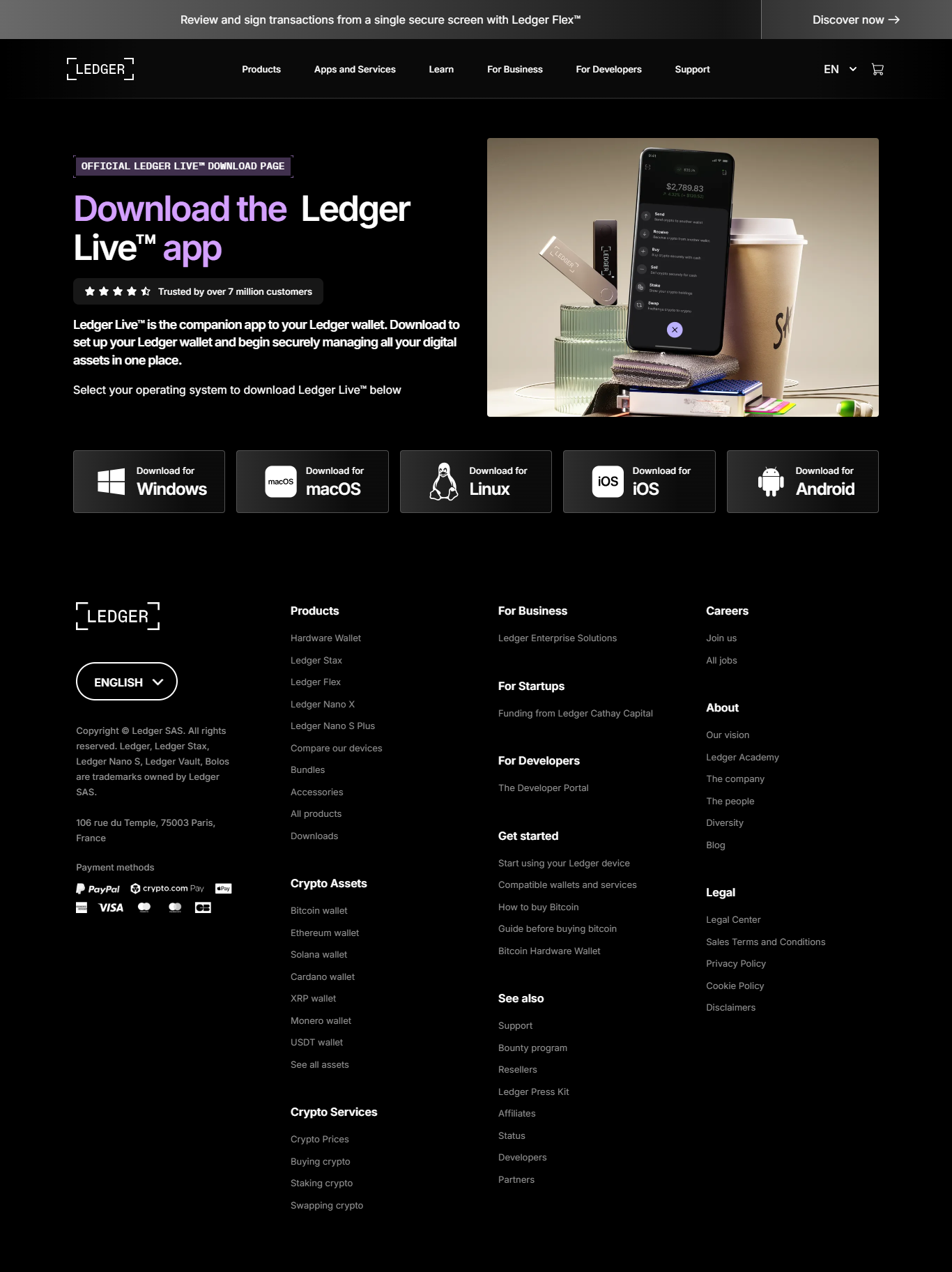
Ledger.com/Start® | Getting Started Guide
The Ledger.com/Start® | Getting Started Guide is the official step-by-step resource for setting up your Ledger Nano hardware wallet. By following the Ledger.com/Start® | Getting Started Guide, crypto investors can confidently protect their digital assets with industry-leading cold storage security.
Why Use Ledger.com/Start® | Getting Started Guide
The Ledger.com/Start® | Getting Started Guide exists to simplify the onboarding process for new and experienced users alike. Instead of guessing about wallet setup, firmware updates, or recovery phrase management, the Ledger.com/Start® | Getting Started Guide ensures users follow secure best practices from the beginning.
Security with Ledger.com/Start® | Getting Started Guide
One of the main strengths of the Ledger.com/Start® | Getting Started Guide is that it reinforces Ledger’s hardware wallet security principles. When setting up through the Ledger.com/Start® | Getting Started Guide, users learn how private keys stay offline and how the secure element chip ensures robust protection against malware and hacking attempts.
Steps in Ledger.com/Start® | Getting Started Guide
The Ledger.com/Start® | Getting Started Guide offers a clear path to activation. By carefully following each step in the Ledger.com/Start® | Getting Started Guide, users can avoid mistakes that may compromise their funds or recovery phrase.
- Visit the official Ledger.com/Start® | Getting Started Guide page on Ledger’s website.
- Unbox your Ledger Nano device and connect it to your computer or mobile device.
- Initialize the device by creating a PIN, as instructed in the Ledger.com/Start® | Getting Started Guide.
- Write down and securely store your 24-word recovery phrase provided by the Ledger.com/Start® | Getting Started Guide.
- Install Ledger Live through the Ledger.com/Start® | Getting Started Guide and link your hardware wallet.
Using Ledger Live with Ledger.com/Start® | Getting Started Guide
Once setup is complete, the Ledger.com/Start® | Getting Started Guide helps users connect to Ledger Live, the official portfolio management software. Through Ledger Live, users guided by the Ledger.com/Start® | Getting Started Guide can buy, swap, stake, and manage their digital assets securely.
Troubleshooting with Ledger.com/Start® | Getting Started Guide
The Ledger.com/Start® | Getting Started Guide also provides troubleshooting solutions for issues like firmware updates, device recognition problems, or syncing delays. Following the Ledger.com/Start® | Getting Started Guide ensures users stay on the official and secure path when resolving problems.
Best Practices in Ledger.com/Start® | Getting Started Guide
The Ledger.com/Start® | Getting Started Guide emphasizes critical practices like safeguarding the recovery phrase, avoiding unofficial downloads, and never sharing PINs. By embedding these habits early, the Ledger.com/Start® | Getting Started Guide helps protect users from common security risks.
Why Investors Trust Ledger.com/Start® | Getting Started Guide
The Ledger.com/Start® | Getting Started Guide has become the go-to resource for investors who want to secure Bitcoin, Ethereum, and other digital assets. By offering clear steps backed by Ledger’s expertise, the Ledger.com/Start® | Getting Started Guide continues to build trust across the crypto industry.
Conclusion on Ledger.com/Start® | Getting Started Guide
In conclusion, the Ledger.com/Start® | Getting Started Guide is the safest and most reliable path to activating and using a Ledger Nano hardware wallet. Whether it’s protecting keys offline or managing assets with Ledger Live, the Ledger.com/Start® | Getting Started Guide ensures investors start with security and confidence.
Disclaimer: This article about the Ledger.com/Start® | Getting Started Guide is for informational purposes only. It does not constitute financial advice. Always download software and follow instructions only from official Ledger sources. Cryptocurrency investments involve risks, including the potential loss of funds. Consult a qualified advisor before making investment decisions.